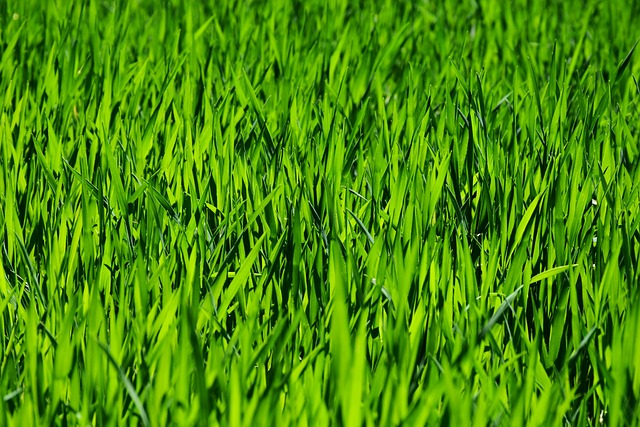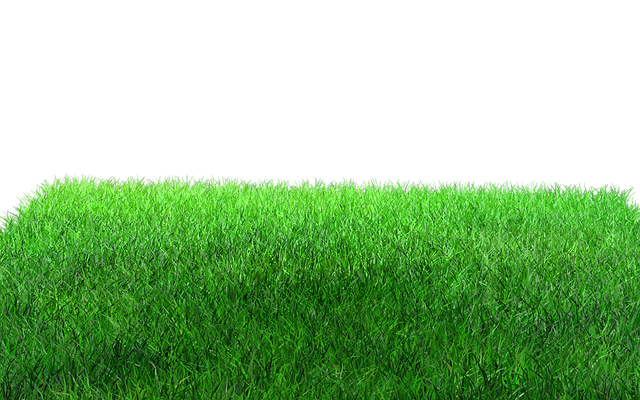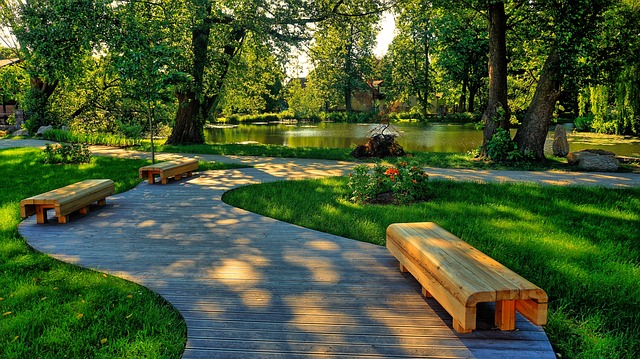Lawn care is an integral part of landscaping design, transforming grassy areas into visually appealing outdoor spaces. Practices like mowing, fertilizing, and watering promote lawn health, ensuring landscapes remain beautiful and long-lasting. Effective lawn care enhances overall aesthetics, serves as a foundation for incorporating other design elements, and creates inviting outdoor living spaces ideal for entertainment. Different grass types have distinct needs, requiring tailored maintenance such as aeration, dethatching, and seasonal feeding for optimal health. Balanced practices like proper mowing height, watering, and fertilization result in beautiful, sustainable lawns that complement landscaping designs.
Landscaping design transforms outdoor spaces into functional and aesthetically pleasing environments. This article guides you through the art of lawn care and its pivotal role in landscaping, offering insights on maintaining lush, vibrant lawns. We explore various lawn types and common issues, empowering you to address them effectively. Next, we delve into creating dream landscapes by balancing functionality with aesthetics, selecting region-specific plants, and designing sustainable outdoor living spaces. Finally, learn the best practices for implementing and maintaining your landscaping project, from tool selection to water management and seasonal care, ensuring a thriving, error-free landscape.
- Understanding Lawn Care and Its Role in Landscaping
- – The significance of lawn care in overall landscaping
- – Types of lawns and their maintenance requirements
Understanding Lawn Care and Its Role in Landscaping

Lawn care is a fundamental aspect of landscaping design, playing a pivotal role in creating and maintaining visually appealing outdoor spaces. It involves a range of activities aimed at nurturing and enhancing the health and beauty of grassy areas. Effective lawn care not only contributes to the overall aesthetics but also ensures the longevity and resilience of landscapes against wear and tear.
In the realm of landscaping, lawn care is integral as it sets the foundation for other design elements. A well-cared-for lawn provides a serene backdrop, allowing gardeners and designers to showcase flowers, shrubs, and trees. Regular maintenance practices such as mowing, fertilizing, and watering ensure the lawn remains lush and vibrant, creating an inviting atmosphere that enhances outdoor living and entertainment areas.
– The significance of lawn care in overall landscaping

Maintaining a lush and healthy lawn is an integral part of any landscaping design. Beyond providing a visually appealing base, proper lawn care plays a pivotal role in enhancing the overall aesthetics and functionality of outdoor spaces. A well-cared-for lawn not only adds charm to residential or commercial properties but also contributes to the ecosystem by providing habitats for local wildlife and improving air quality.
Regular mowing, watering, fertilizing, and pest management are essential practices that form the backbone of effective landscaping. These routines ensure that the lawn remains vibrant, dense, and capable of withstanding various environmental challenges. As a result, a well-maintained lawn not only complements but also elevates the beauty of surrounding landscapes, gardens, and overall outdoor environments.
– Types of lawns and their maintenance requirements

Lawn care and landscaping are integral parts of creating an inviting outdoor space. Different types of lawns offer various aesthetics and maintenance needs. For instance, warm-season grasses like Bermuda or Zoysia require less frequent watering but demand regular mowing during their active growth periods. Cool-season grasses such as Kentucky Bluegrass or Fescues thrive in milder temperatures, needing more water and occasional fertilizing to stay lush. Regular upkeep is crucial for maintaining a healthy lawn, including aeration, dethatching, and seasonal feeding.
Proper lawn maintenance involves a balanced approach. Mowing at the appropriate height encourages deeper root growth, while excessive watering can lead to root rot. Fertilization should be tailored to the specific grass type and climate, promoting robust greenery without excess that could harm the environment. Incorporating these practices into your landscaping design ensures not only an attractive lawn but also a sustainable outdoor haven.
Effective lawn care is a cornerstone of successful landscaping, playing a pivotal role in enhancing outdoor spaces. By understanding different lawn types and their unique maintenance needs, homeowners and professionals alike can achieve lush, vibrant landscapes that serve as beautiful testaments to their care. Incorporating the right techniques and practices ensures not just an aesthetically pleasing environment but also contributes to the overall health and longevity of these green oases. Thus, prioritizing lawn care is a fundamental step in creating and maintaining exceptional outdoor settings.
